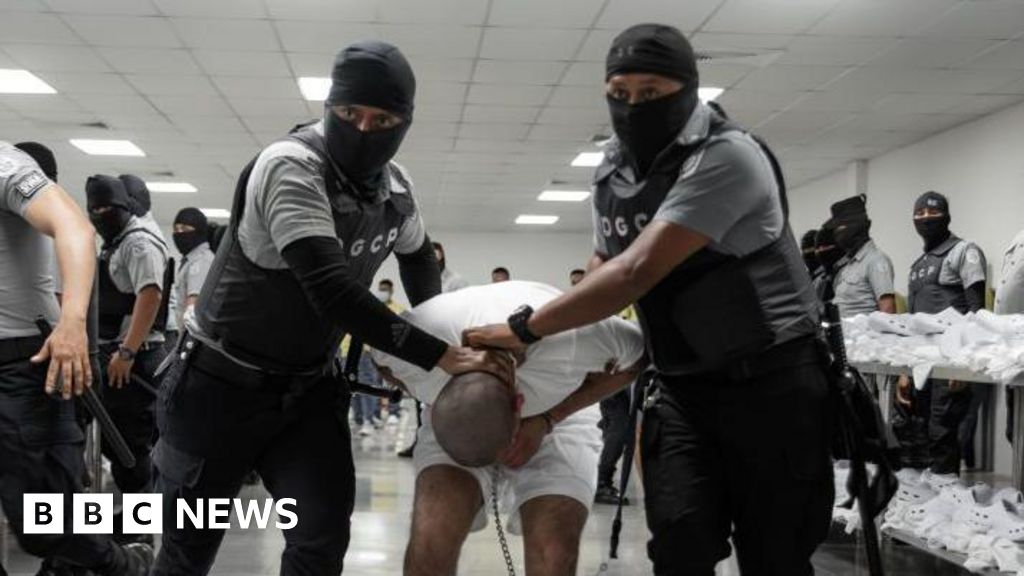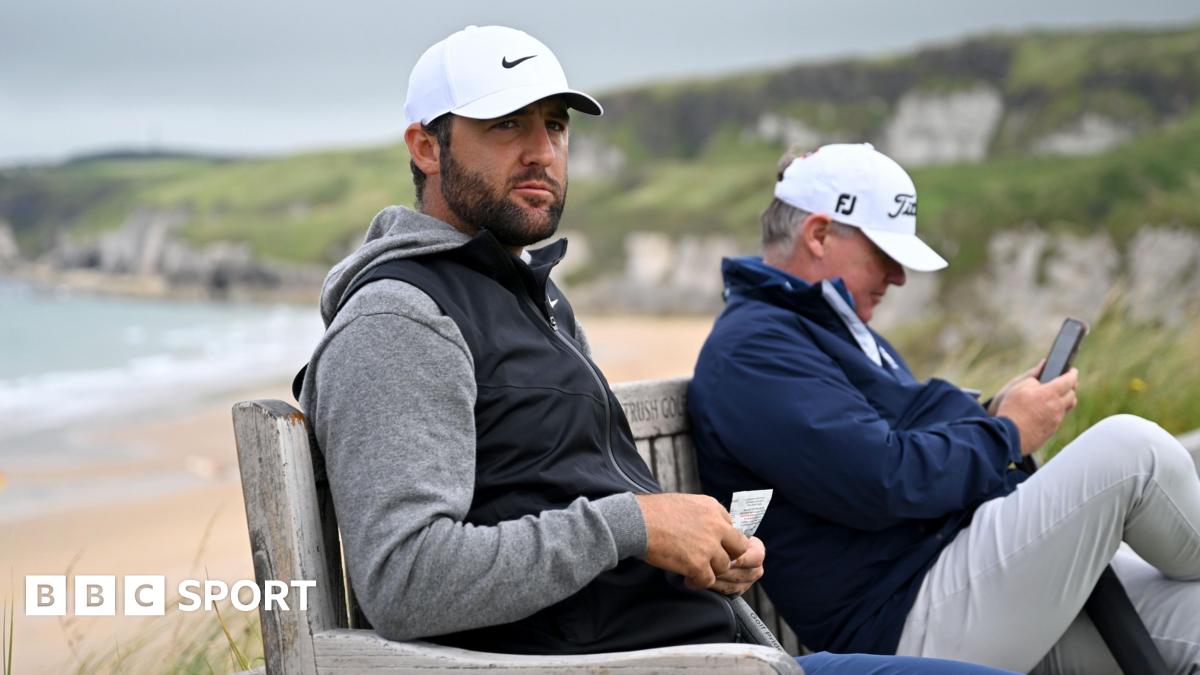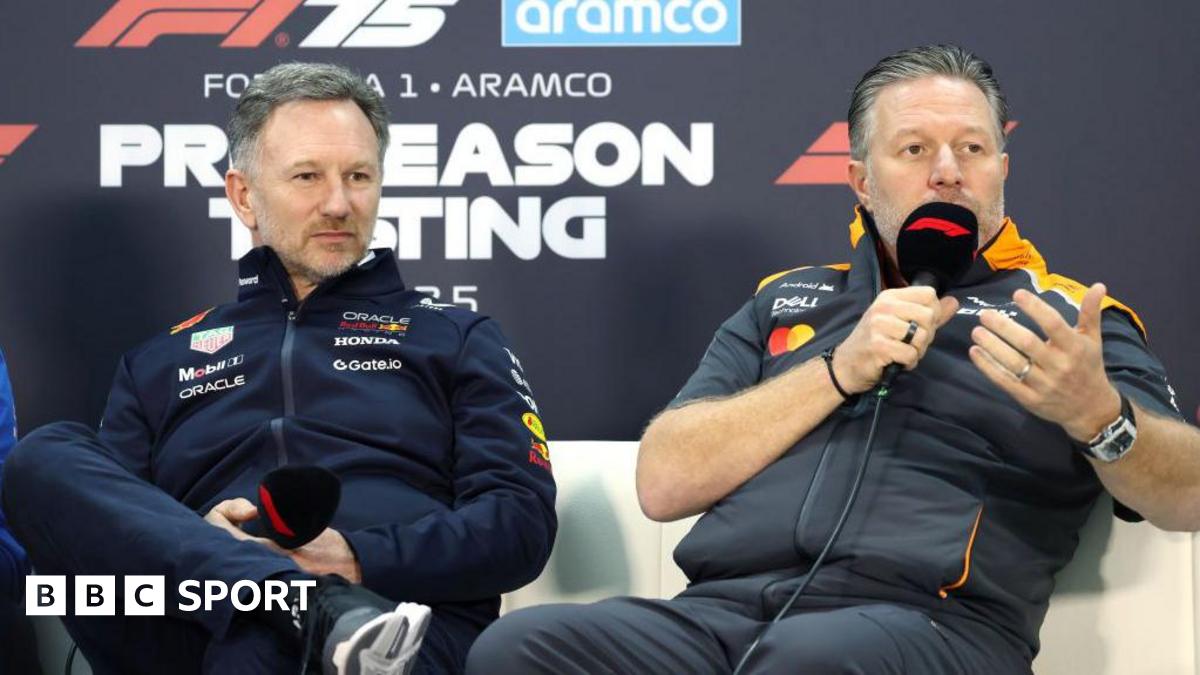Storytelling isn’t just for marketing
In an era where consumers are flooded with choices and noise, the most enduring brands aren’t just the ones with the best features, they’re the ones that make people feel seen. That philosophy guides us at Michael Graves Design, as we believe that great design begins with listening. Our products, from the iconic Alessi teakettle to our Quick Fold cane, are never created in isolation. They emerge from stories: personal, emotional, and deeply human. This commitment to storytelling isn’t just a marketing strategy; it’s a design principle, one that bridges purposeful delight to create pioneering products.
We rely on our “Design With” process that embodies collaboration. Instead of designing for users, we design with them. This approach involves ethnographic research, empathy-based brainstorming sessions, and consumer preference testing, which provides us direct engagement with our community. By involving a diverse pool of users, we ensure that our products resonate on a personal level with a broad audience. This collaborative storytelling helps us uncover product opportunity gaps and ensures that our designs reflect real experiences and needs.
Designs rooted in story
Take our Whistling Bird Teakettle for Alessi. Beyond its functional design, with a shape that makes water boil faster, the kettle uses color to tell a purposeful story of hot and cold, and a story of morning rituals of waking up to the sound of birds chirping. This narrative transforms a simple kitchen appliance into an experience, making daily routines delightful.
Likewise, our canes are designed not just for support, but to empower. Typical canes seem institutional, carry stigma, and remind users of their limitations. Our designs incorporate vibrant colors and ergonomic features, turning them into symbols of independence and style. Design transforms them from needed medical devices into desired consumer products. It’s the straightforward difference between focusing on the negative and focusing on the positive.
3 lessons for entrepreneurs and brands
At Michael Graves Design, we live these lessons daily, not just as best practices, but as core beliefs. These three underlying principles are adaptable across industries and team sizes. Whether you’re launching a new product or building a brand from scratch, these are three powerful ways to bring people into your process and create meaningful offerings.
1. Engage your community
Involving your customers early in the product development process opens a feedback loop that strengthens both the product and the relationship. At MGD, we regularly incorporate community voices through ethnographic visits and ideation sessions. Other companies can do this too by building small advisory panels, running beta programs, or simply inviting feedback and listening actively. Cocreation not only improves the end result, but it also turns customers into brand advocates.
2. Design with empathy
Real empathy fuels innovation. Understand how people live, struggle, and express themselves, then design from that insight. It’s the best way to increase the chances that new products will resonate with consumers and sell really well. Conduct consumer preference testing sessions where consumers can interact with “works-like” prototypes. This invaluable feedback informed all final design refinements and assortment selection for our recent Pottery Barn collection.
3. Lead with story, not specs
At MGD, every product is anchored in a story—not invented after the fact, but woven into the design process from the beginning. Specs matter, but emotional connection drives decisions. Other companies can tap into this by asking: What does this product represent to the people who use it? How do we know? Build your marketing around those stories, and you’ll move from selling features to creating emotional resonance.
Community storytelling with real impact
This storytelling approach extends from the product design process into marketing. Our email newsletter, Monthly Delights, captures the essence of how storytelling becomes a powerful marketing force, not through sales language, but through the lived experiences of our consumers and influences. A few examples:
Lanes: Personal style meets mobility support
Delaney (“Lanes”), a vibrant college senior navigating life in New York City, began using a cane during a chronic illness flare-up. Tired of dull, clinical designs, she discovered the C-Grip cane in sage green and finally found a mobility aid that matched her personality. “This is the most comfortable cane handle I’ve ever used,” she shared. “It was nice to pick a cane that felt like me.” Her story reinforces how design that honors individuality can turn a necessity into a point of pride.
Greg: Design that elevates communities
Greg, founder of Little Deeds, helps make homes safer for older adults and people with disabilities. He discovered our products at a CVS and was struck by how they elevated both form and function. As someone who advocates for universal design, Greg appreciated how thoughtful details, like intuitive touch points and sophisticated styling, help dissolve stigma and spark joy. “Design like this causes us to pause for a second and think about what exactly brought that sudden sense of joy,” he said.
Lindsey: Turning diagnosis into artistic empowerment
Lindsey, a mixed-media artist living with multiple sclerosis, epilepsy, and Ehlers-Danlos syndrome, channels her journey into creativity. She paints vibrant abstractions of brain MRI scans, including hundreds for others living with chronic illness. When she found our red sunbaked-clay C-Grip cane, it wasn’t just a mobility tool, it became a part of her expressive identity. “It’s stylish, supportive, and makes even a rough day feel a bit more put together,” she explained.
At MGD, storytelling isn’t a tool we add later, it’s embedded from the very beginning. Listening to and telling stories helps us stay curious, unleashes our creativity, and most importantly, keeps us connected with our consumers. For brands looking to stand out, the lesson is simple: Build with people, not for them, and the story telling opportunities will follow.
Ben Wintner is CEO of Michael Graves Design.
What's Your Reaction?
 Like
0
Like
0
 Dislike
0
Dislike
0
 Love
0
Love
0
 Funny
0
Funny
0
 Angry
0
Angry
0
 Sad
0
Sad
0
 Wow
0
Wow
0




